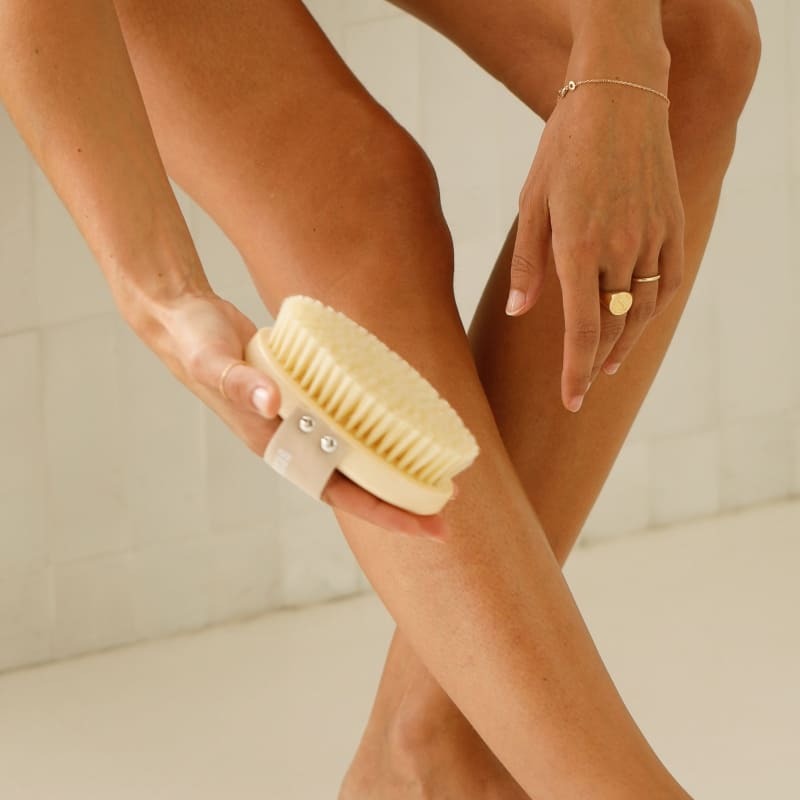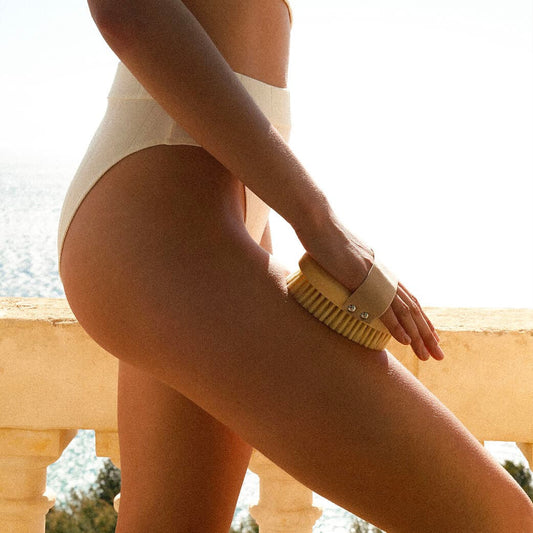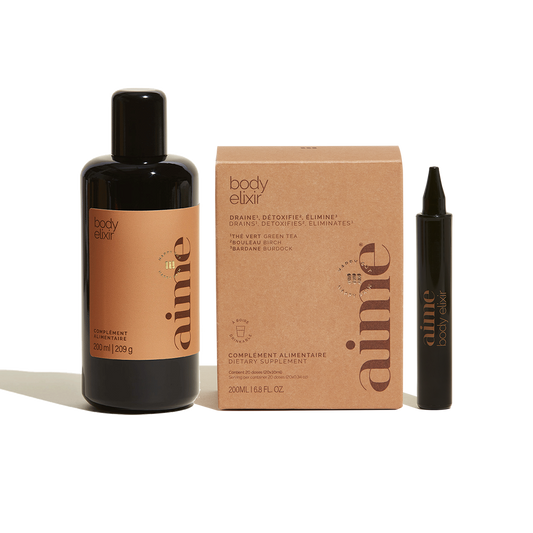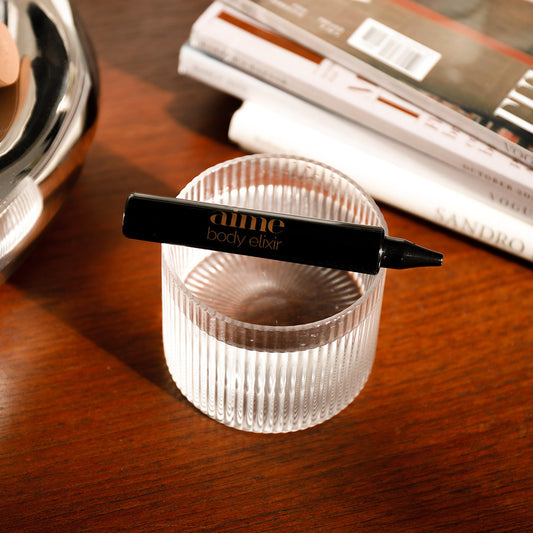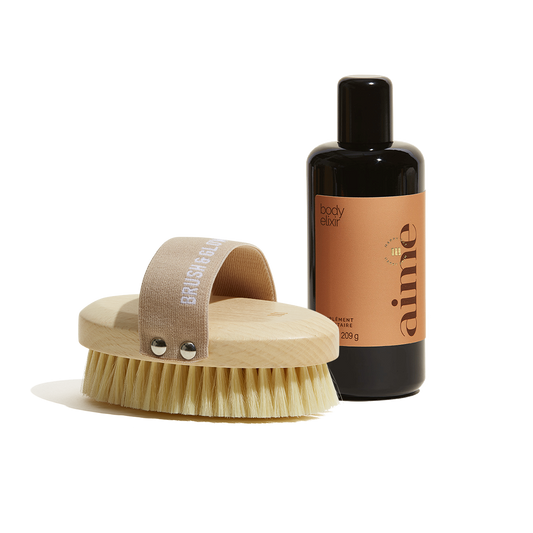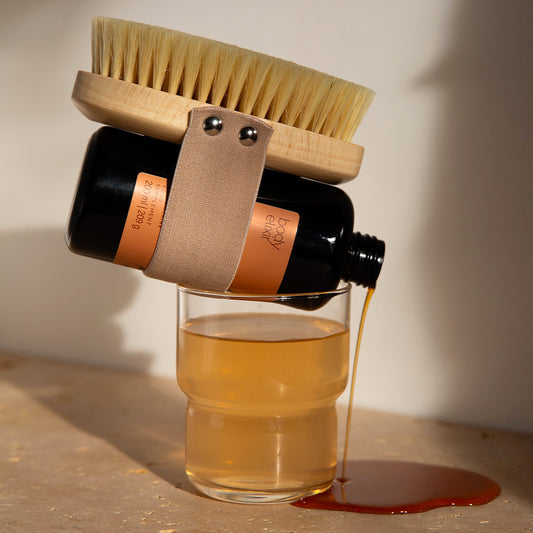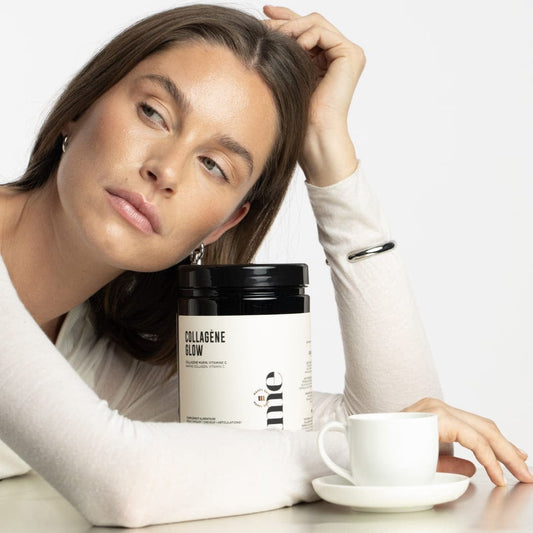Dry brushing: instructions for use
This ancient technique, which draws its roots from Ayurveda, has it all: fast, effective, accessible... and full of benefits, both for the skin and for circulation. It activates blood and lymphatic circulation, eliminates toxins from the body, exfoliates the skin and improves its texture. Discover our tips for incorporating it into your wellness routine.
